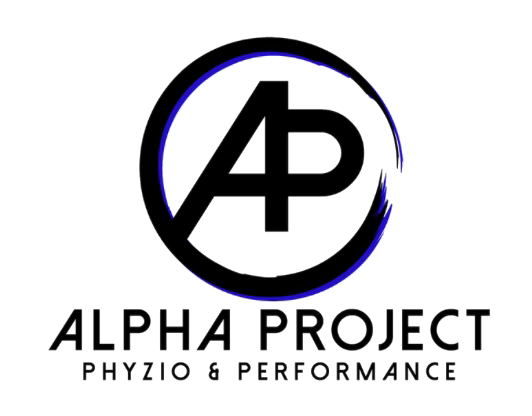Top 4 Tips When Buying Running Shoes!
Lots of runners may be getting new shoes and getting rid of old ones. But, what’s the deal? Why do you have to get new shoes? Also, have you ever noticed you feel “Off” when running in an old pair of running shoes? Maybe even slight pain/discomfort that goes away once you get a new running shoe?
Well here you go! Here's a guide to choosing the right running shoe for you.
Tip 1: Don’t run in old running shoes.
I consider old to be 400 miles or more on a pair of running shoes. You may push it a little past that, however, if you start getting an ache or pain it may be a sign to get a new shoe.
Why do old shoes cause aches and pains? The short answer is micro movement. The foam of the shoe loses its compliance and compresses more and more. Eventually, you’re left with a shoe with foam that compresses excessively and your body is forced to move slightly more every step you take.
Because of the extra motion, your joints are strained and you may start feeling more sore or even develop pain.
Tip 2: Get a Shoe that is COMFORTABLE!
When you walk into a shoe store and are faced with selecting from the plethora of running shoes, how do you know which shoes to buy and run in? The short answer is: whichever shoe is most comfortable and allows ample space for your toes to spread out.
Getting a shoe that is comfortable is HUGE! Doesn’t matter what the shoe looks like on the outside, you want to make sure your foot is comfortable. A wider toe box is typically a must. I highly recommend you find and ask for the running shoes with a wider toe box.
Some people's feet are narrower. If your feet are naturally narrow it still might be beneficial to get the wider shoe. Wider shoes let your feet spread and splay out! Your arches will thank you later.
Tip 3: Look for Low to Zero Drop.
The “drop” of a shoe is how much the heel is built up. The higher the drop, the more of a “Heel Lift” is in the shoe. Typical drops range from 0-12mm.
Think of the drop as a mini heel lift. The higher the drop the higher the heel lift. The higher the drop, the more your quads will be loaded instead of the glutes and hamstrings.
Runners have enough problems activating their glutes in the first place!
If you do run with a shoe that has a higher heel drop it’s not the end of the world, however, I’d recommend getting a shoe with as low of a drop as possible.
The only exception would be if your ankles are stiff a heel lift can temporarily help you achieve more ankle mobility. We’d want to fix the actual cause of your ankle stiffness, however, heel lifts and drops can be used to your advantage if we use them strategically.
Tip 4: Flat Feet and High Arches
You may be wondering: “What if I have flat feet and over-pronate?” or “What if I have high arches and over-supinate?” Should your shoe selection depend on this?
If you are new to running, a stability shoe that is comfortable is a good start. But having flat feet doesn’t mean you’ll need a stability shoe forever. Over-pronation can result from factors like overstepping, low cadence, or weak intrinsic foot muscles—many of which can be corrected without relying on the shoe.
The goal is to eventually wean off to a barefoot-style shoe with less heel drop and support. This teaches your body to create stability naturally, improving your running gait, strength, and mobility.
Mistakes will happen when you start running, such as overstepping, slow cadence, or tight hips from sitting all day. That’s normal! The key is to consistently work on strength, mobility, and skill to maintain proper form and a healthy running gait.
Finding the Right Running Shoe Starts With Comfort
So, in closing, when buying a running shoe think about comfort first!
We want ample room for the toes to spread out, and our feet to feel good in the shoe.
Second, if you are new to running, a stability shoe is a good option to start with, while you work on your running form, strength, and mobility.
If you have been running 2, 3, 4, 5+ years in a stability/motion control shoe, consider a shoe with less support and less of a heel drop!
You can run in any shoe that is comfortable, however, the goal is to strive towards a shoe with as little as support as possible.
Have more questions about finding the right shoe? Contact our Maryland physical therapy clinic. Our PT experts are happy to answer additional questions you may have. Alpha Project Phyzio has three locations in Gaithersburg, Frederick, and Columbia.

